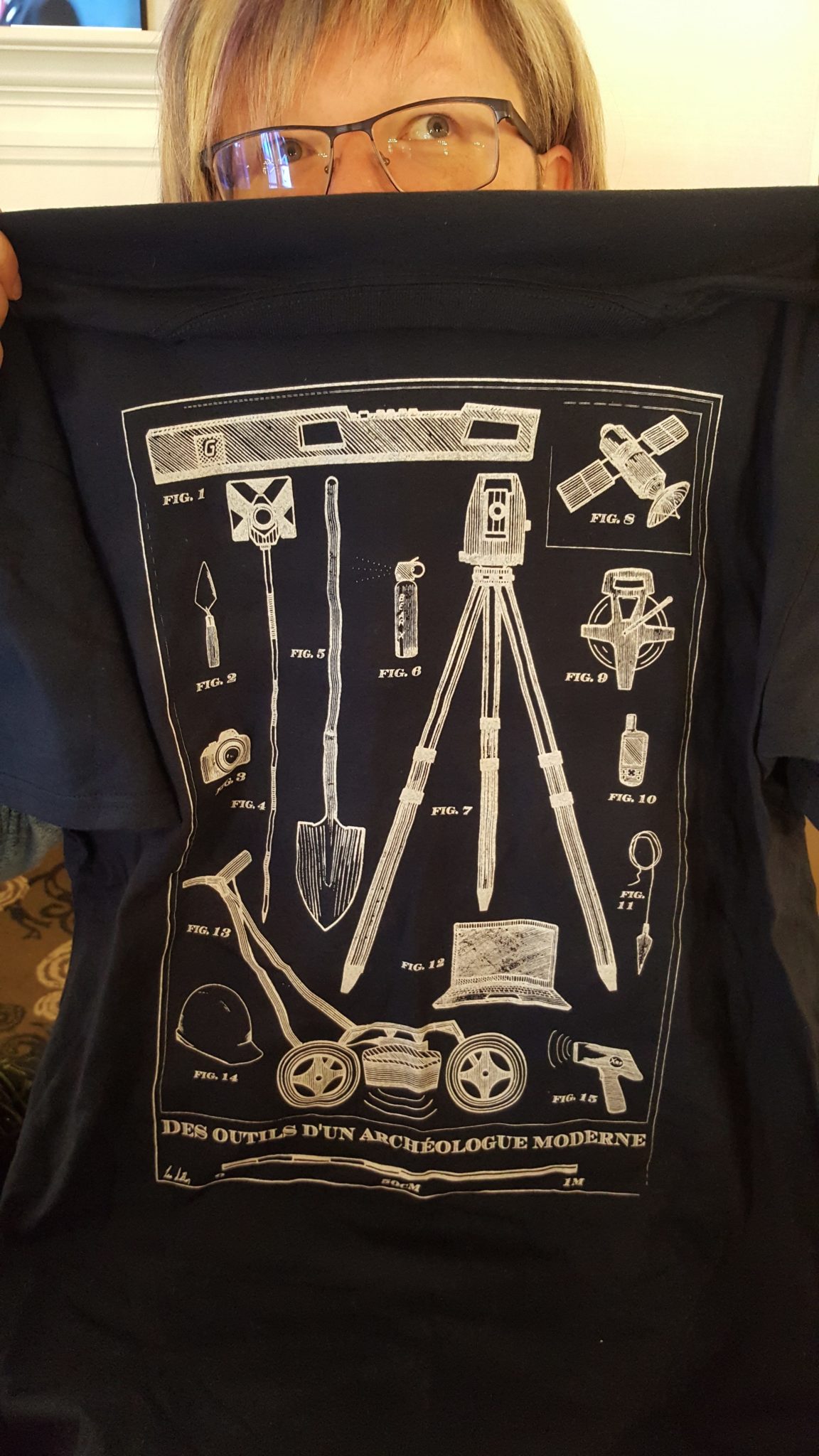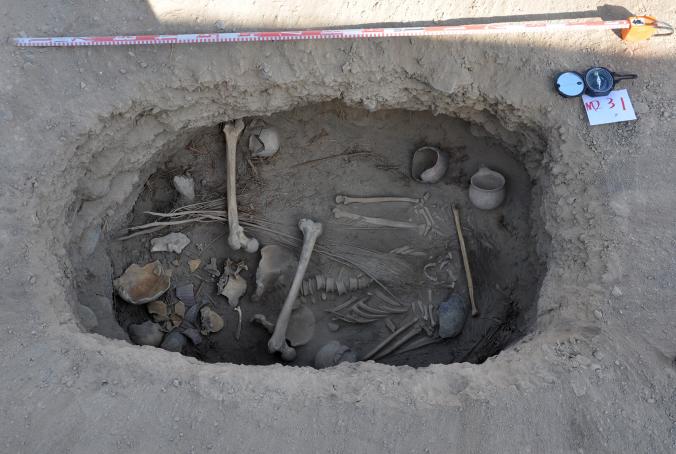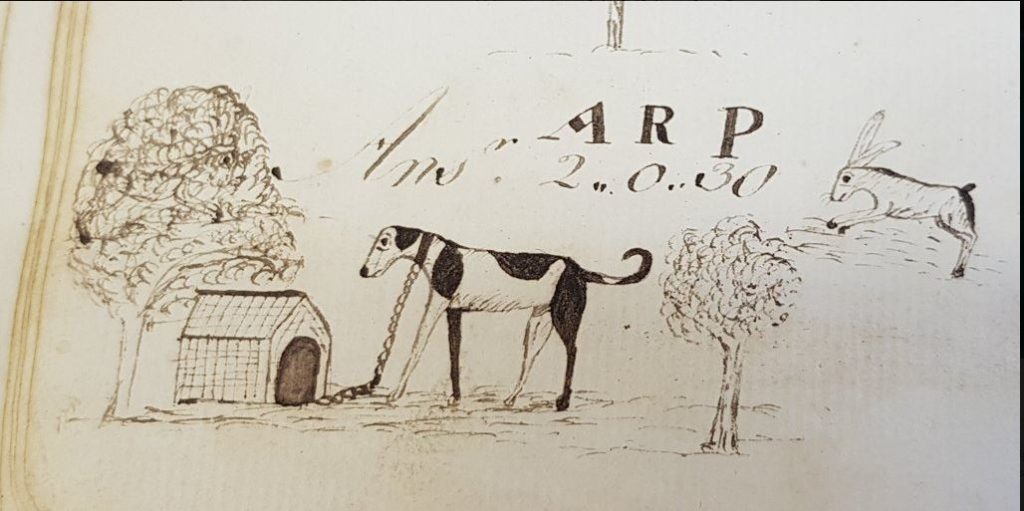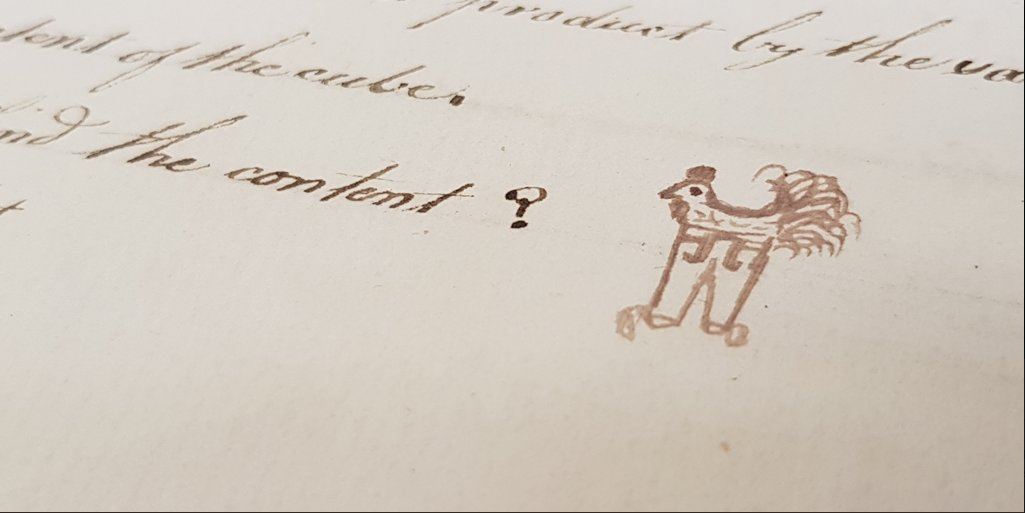Presenting a roundup of all the stories, photos and projects that got us excited this month!
October found us presenting at conferences, getting into the Halloween spirit, and looking back at cannabis in the archaeological record for Legalization Day.


We love getting into the Halloween spirit here at ASI! We took some spooky group photos at our Toronto and Burlington offices! What do you think of our costumes?

The Annual Meeting of the Council for Northeast Archaeology took place in Halifax from October 18-21, and ASI staff presented on two fascinating topics!
Eva MacDonald and David Robertson co-presented a paper titled “A Summer to Remember: Searching for the 1847 Fever Sheds at the Toronto General Hospital” Since 2006, Eva and David have been working on uncovering the history of the Irish famine at the site of Toronto’s First Hospital, working on different parcels of land around Toronto’s busy downtown King Street. In the summer of 2018, the wooden posts for fever sheds were finally discovered, the clearest evidence yet of the presence of Irish typhus victims on the site.
In keeping with the overarching theme for this year’s conference “Technology in Archaeology,” Dr. Andrew Riddle and Dr. Katherine Hull co-presented a paper titled “A Modest Proposal for GIS Based Data Sharing in Ontario Archaeology” This paper explores the idea of creating a GIS-based data-sharing initiative for professional archaeologists in Ontario, consisting of an open, searchable index of archaeological sites that contains basic locational, historical, and archaeological data. This initiative could be a great benefit for the dissemination of knowledge, researchers and the public.
As always, this was a fantastic conference, check out the full program here.
On October 17, the Canadian government legalized cannabis use. To commemorate the day, we shared some interesting stories about cannabis in the archaeological record! These articles really struck a chord with people, and they were widely shared. It’s fascinating to see the long history of human’s using cannabis, and how it has been discovered all over the world.
In interesting cultural heritage news, The CBC discussed the process of “daylighting” underground rivers – bringing creeks and rivers that had been diverted into underground culverts and sewers back above ground. After centuries of being diverted underground, urban planners are looking at the many ecological, meteorological, and aesthetic concerns to bring water back to the surface!
Quote: “Pipes can only hold so much water before overflowing or bursting, while rivers with porous banks can offer increased stormwater capacity as climate change alters precipitation patterns.”
-
1. Enjoy an unconventional morning commute!
-
2. Become an urban explorer! Comb through cities and towns to document the stunning art, architecture, and heritage in the world around us!
-
3. Dig through the archives for some fascinating glimpses into life way-back-when!
-
4. Roar through the province visiting monuments in historically significant places.
-
5. Go to work off the beaten path and explore some of the natural & cultural wonders scattered throughout Ontario!
-
6. Become a street art aficionado!
-
7. Explore historic places and live out your fantasy of entering an M.C. Escher painting!
-
8. Hone your photography skills and take some top shelf urban planning photos!
-
9. Travel by planes, trains, and automobiles for some out-of-this-world field adventures!
-
10. Do all of the above while collaborating with a team of dedicated and dynamic professionals!
Our Cultural Heritage Division is currently hiring, and we thought it would be fun to put together a top-ten list of the perks of working in CH at ASI!
We loved this Twitter post from the Museum of English Rural Life, which shared a recently rediscovered 18th century diary from Kent. What made this particular document special was it was the work of a teenage boy who decorated the margins with doodles. These little drawings feel like such a personal connection to the past. They feature his pet dog, and the star of the show: a chicken wearing pants!
It’s Halloween month, so we couldn’t resist posting lots of creepy artifacts on our Archaeology Instagram account! From left to right we have a disembodied doll arm, a Frozen Charlotte doll, and an effigy pipe with a slightly off-putting face.
Surely you didn’t miss World Porridge Day this year? Such a momentous holiday! We decided to use the day as an opportunity to look back at the Quaker Oats mural that was discovered when Honest Ed’s was torn down, just down the street from our Toronto office. This spectacular photo was taken by Sean Galbraith.
And finally, our Cultural Heritage Instagram took us on a trip to the Shaw Dam Lake outside Sault Ste Marie! This 1930s stone dam was a Depression-era relief project that was created to increase the waterflow towards the hydro station located just downstream.

























